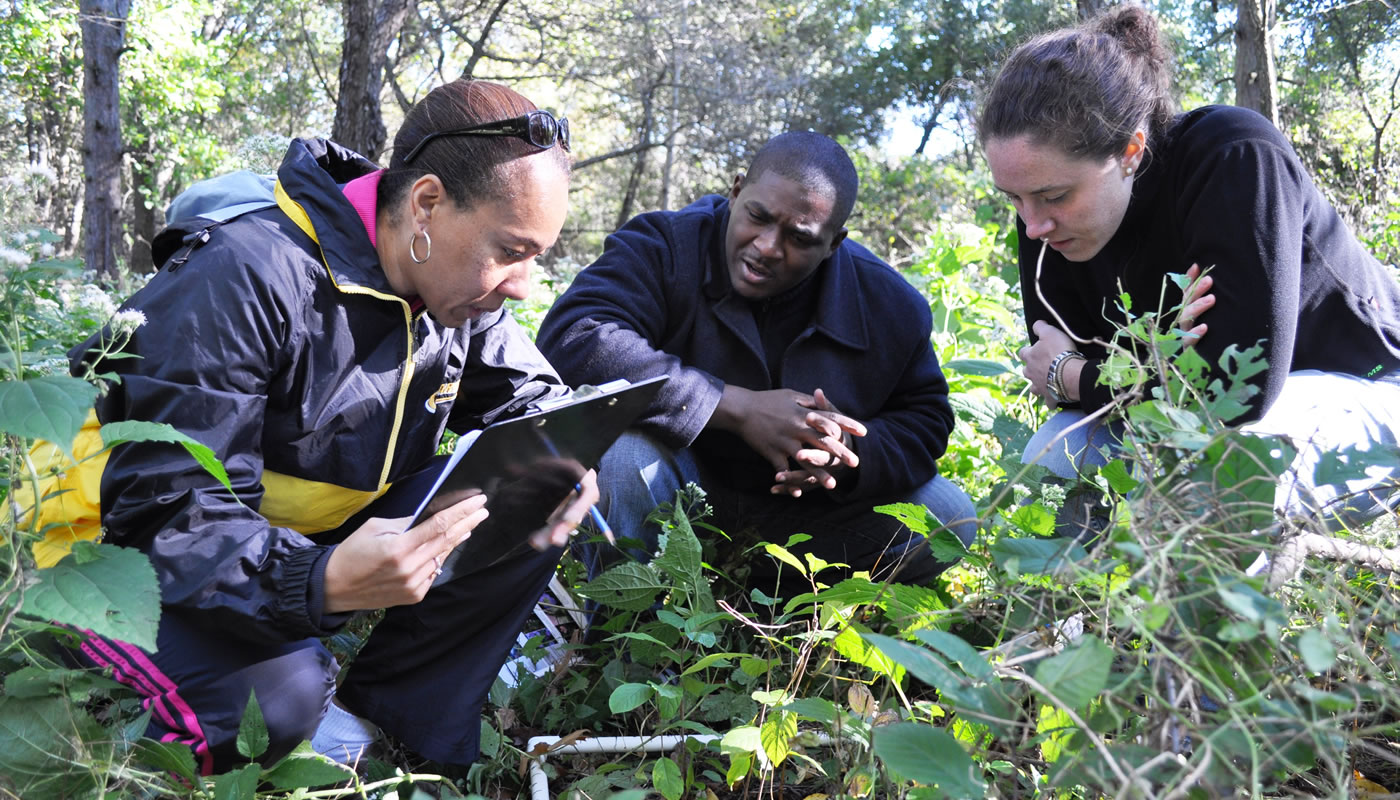Volunteers for the Forest Preserves of Cook County are a vital element to the health and wellness of the preserves, and contribute in numerous ways – by becoming part of the Trail Watch program, participating in restoration work days, adopting a site for litter clean up, and by becoming a community scientist.
Community scientists collect data on plant or animal species using specific instructions provided by the agency with whom they are volunteering. Several community science programs are performed in the Forest Preserves, including Plants of Concern, Illinois Butterfly Monitoring Network, Calling Frog Survey, Illinois Odonate Survey (dragonflies), and Bird Conservation Network. These programs provide us with valuable information.
According to Chip O’Leary, deputy director of resource management, the information collected by volunteer community scientists can be used in various ways, including helping the Forest Preserves make decisions regarding new construction and development projects, where to focus management and restoration, and more.
“One of the most important things community science data provides is broad coverage of occurrences of plant and animal species,” explained O’Leary. “There are a lot of nooks and crannies in the preserves we may not be able to go to very frequently, and somebody who spends a lot time there might see things that would be helpful for us to know.”
Data collected by community scientists over a long period of time can also help the Forest Preserves track whether things are expanding or declining for a plant or animal species.
“Monitoring over longer periods can give us an idea of whether the habitat is facing a downward trend, indicating more restoration or management work needs to be done, or show us positive results,” said O’Leary.
For each program, the participation requirements can vary and may include different levels of expertise. Mary Busch, volunteer program specialist with the Forest Preserves, explained that while the actual community science program may ask for a certain level of experience, the educational and free training workshops welcome volunteers of all skill levels.
Becoming a community scientist can be a rewarding experience, enabling volunteers to contribute and support the mission of the Forest Preserves. With nearly 70,000 acres, collaboration among volunteers, organizations and monitoring programs becomes a crucial component to helping the Forest Preserves thrive.
Learn more about this important volunteer opportunity on our Community Science Page.

